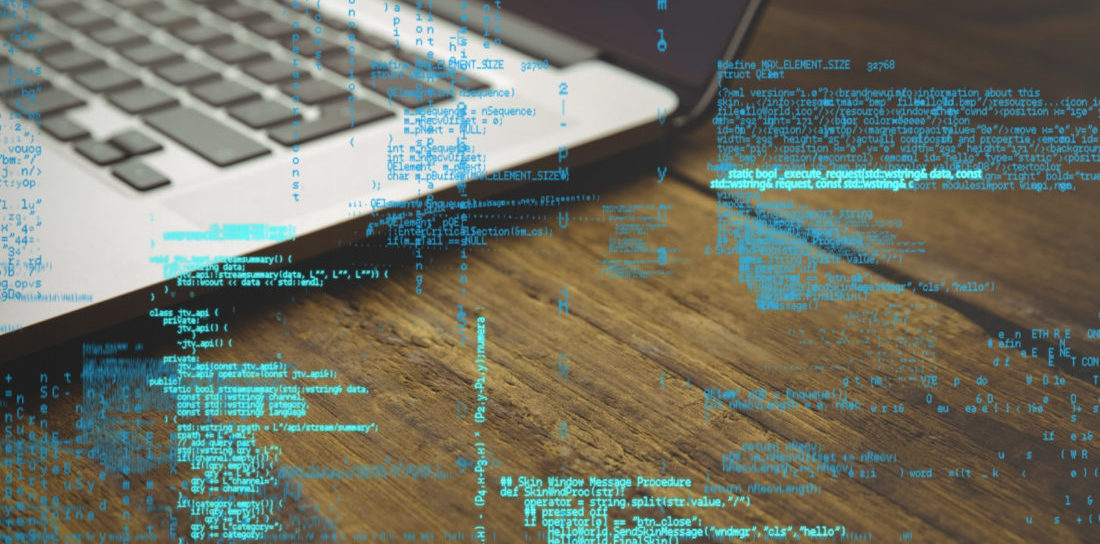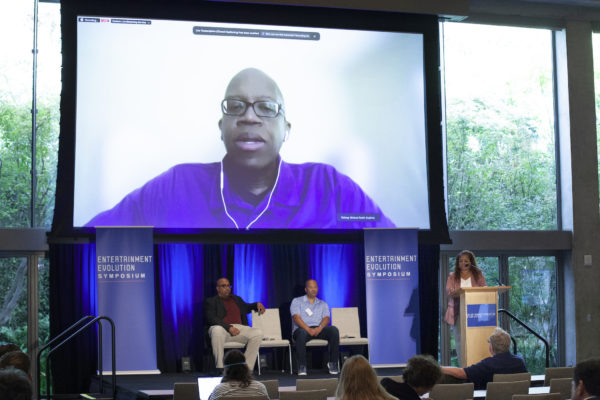M+E Daily

EES Panel: Better Data Means Better Productions
Story Highlights
LOS ANGELES — During a panel Sept. 21 at the Entertainment Evolution Symposium (EES) Jeff Clanagan, president and chief distribution officer for production firm HartBeat, offered up a familiar lament for not only content consumers today, but also content creators: “Every six months there’s a new acronym for a new type of service.”
And with all those services — whether it’s AVOD, SVOD, D2C, OTT, you name it — there’s a ton of consumer data, who’s watching what, how many episodes, for how long, and what they watch next.
Too bad production companies don’t have that data as well … that would be a game-changer, according to participants on the “The 360 Degree View of Data” panel, produced in co-operation with Living Hope Productions.
“The challenge with streamers is they hold onto their data, and the challenge for production companies is getting access to the same data the streamers have,” Clanagan said. Production companies can use streaming audience data to decide “whether to do another procedural and decide what direction to take the show.”
 But just because streaming companies may have data on everything, doesn’t mean they’ll share everything on the record, he added. Clanagan sees two major areas for productions where data from streamers can be massively important: making casting decisions and determining what works for global audiences. “If you’re going to [pitch] something you need to make sure it’s going to work globally,” he said.
But just because streaming companies may have data on everything, doesn’t mean they’ll share everything on the record, he added. Clanagan sees two major areas for productions where data from streamers can be massively important: making casting decisions and determining what works for global audiences. “If you’re going to [pitch] something you need to make sure it’s going to work globally,” he said.
But Michael Smith, chief marketing officer for NPR, understands why: “It’s a power move, and it’s not in their interest to show their full hand to the people they’re negotiating with,” he said. He believes streaming companies can do themselves a favour by being freer with their data with the production companies they work with. “Give us data to help us optimise our content to help drive traffic to your platform. As there’s more competition among distributors, you can leverage that to get co-operation [on accessing] data.”
Data is not only important in figuring out who’s watching or listening and why, but also in deciding what gets the green light. A larger willingness to share data across the ecosystem would help everyone involved, panelists agreed.
“We’re moving from a linear world to a streaming world to an on-demand world, and most under 40 prefer snackable, controllable [content],” Smith said. “[And because] most of the consumption is on third-party platforms, it’s tricky to get data out of them. Even the big broadcasters [and studios] are having difficulty getting data.
“The pandemic accelerated changes that were already occurring,” Smith said, pointing to a big decrease in linear radio listening, with a huge jump in on-demand podcast usage. “The data informs the content we make.”
The Entertainment Evolution Symposium (EES) was presented by the Pepperdine Graziadio Business School Institute for Entertainment, Media and Sports (IEMS) and the Hollywood IT Society (HITS) and was sponsored by Iron Mountain, Signiant, Whip Media, Atos, Fortinet, FPT Software, invenioLSI, Perforce, Vision Media, and EIDR.









